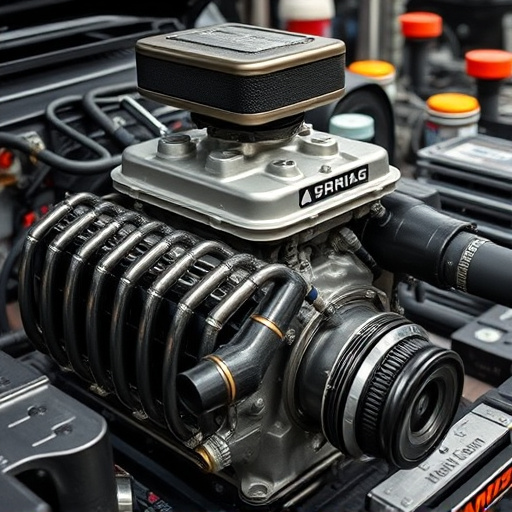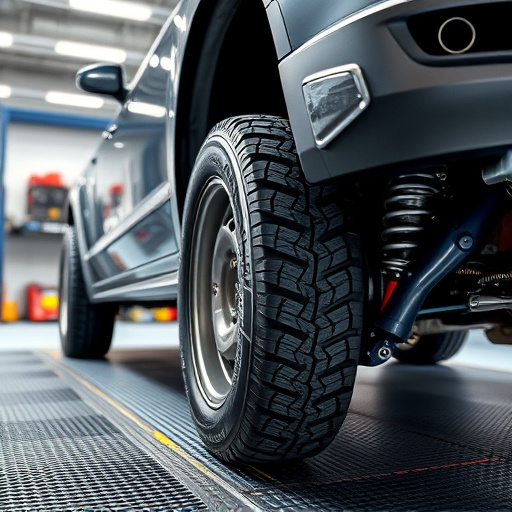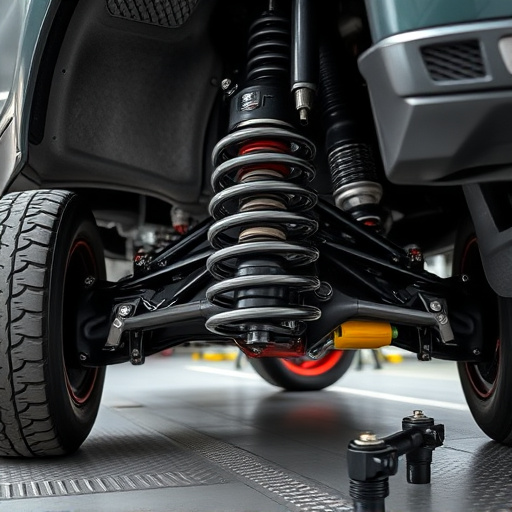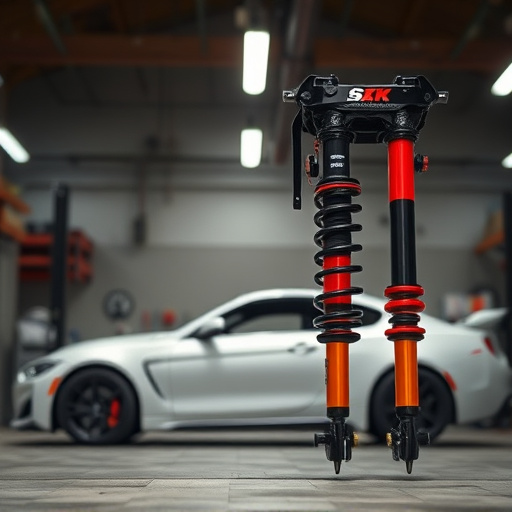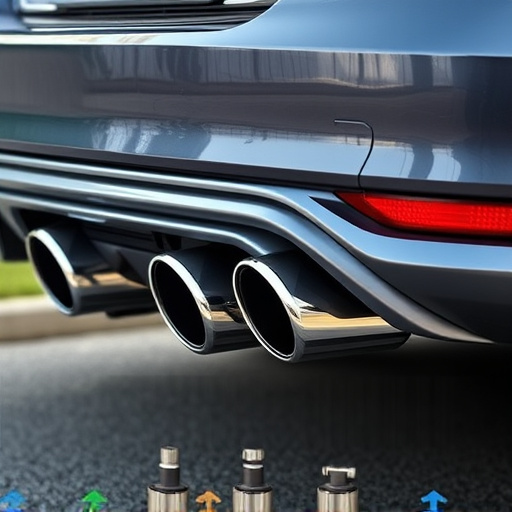Blow off valves (BOVs) and recirculation valves (RCVs) are vital automotive components, each serving distinct purposes. BOVs release compressed air from engine chambers under high load or acceleration, preventing damage and enhancing performance. RCVs, on the other hand, recirculate exhaust gases for more efficient combustion, better fuel economy, and reduced emissions. While BOVs offer smoother power transitions for high-performance vehicles, RCVs are more suitable for everyday driving conditions, prioritizing efficiency over peak power.
In the pursuit of optimal engine performance, understanding the nuances between different valve types is crucial. This article demystifies two key components: blow off valves and recirculation valves. We’ll explore the fundamental function and various types of blow off valves, delve into the role and advantages of recirculation valves, and critically compare both for specific applications. By the end, you’ll be equipped to make informed decisions for enhanced engine efficiency.
- Understanding Blow Off Valves: The Basic Function and Types
- Recirculation Valves: Their Role and Advantages
- Comparing the Two: When to Use Each Type for Optimal Engine Performance
Understanding Blow Off Valves: The Basic Function and Types
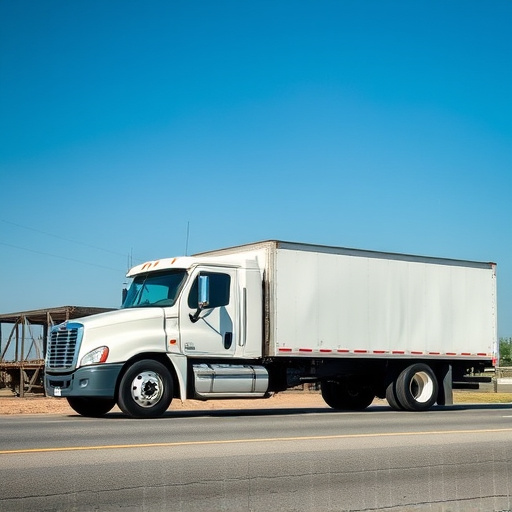
Blow off valves are crucial components in automotive systems, primarily serving to release compressed air from the engine’s combustion chamber when necessary. This function is essential for maintaining optimal engine performance and preventing damage caused by excessive pressure buildup. When an engine is under high load or accelerates quickly, it can generate significant pressure within the cylinder. The blow off valve acts as a safety mechanism, allowing this excess pressure to escape without compromising the integrity of the cat back exhaust system.
There are several types of blow off valves, each designed for specific applications and engine configurations. Some common types include mechanical, electronic, and pneumatic valves. Mechanical blow off valves use a physical lever or diaphragm to open and close, while electronic variants employ sensors and actuators for precise control. Pneumatic systems utilize compressed air to operate the valve, making them suitable for high-performance vehicles where quick response times are vital. These valves can be installed directly on the engine’s intake manifold or connected to the muffler tips, near the cat converter, ensuring efficient pressure release while minimizing backpressure on the brake rotors.
Recirculation Valves: Their Role and Advantages

Recirculation valves play a vital role in automotive systems, particularly when it comes to optimizing engine performance and efficiency. These valves facilitate the re-entry of exhaust gases back into the intake system, allowing for a more complete combustion process. By recirculating a portion of the exhaust, the valve helps reduce the amount of hot gas expelled from the engine, which in turn can lower cooling requirements and improve overall energy conservation.
One of the key advantages of recirculation valves is their contribution to enhanced fuel efficiency. They enable engines to maintain optimal operating temperatures, reducing the need for excessive cooling systems. This, coupled with improved combustion, leads to better mileage, making them a desirable feature in modern vehicles, especially those equipped with high-performance air filters and advanced intake components. Additionally, recirculation valves can contribute to a smoother power delivery, enhancing the overall driving experience while also lengthening the lifespan of exhaust tips by reducing the heat load they endure.
Comparing the Two: When to Use Each Type for Optimal Engine Performance

In the realm of automotive engineering, understanding the nuances between different valve types is key to optimizing engine performance. When it comes to blow off valves and recirculation valves, each serves a distinct purpose that can significantly impact how your vehicle’s engine functions. Blow off valves are strategically incorporated into high-performance engines to relieve pressure from the intake components during rapid acceleration or when the throttle is suddenly closed, preventing harmful backpressure from building up. This not only enhances engine responsiveness but also prolongs the lifespan of crucial components like brake rotors by reducing stress.
On the other hand, recirculation valves are designed to recycle exhaust gases back into the intake manifold under certain conditions. This process can improve fuel efficiency and reduce emissions. While ideal for everyday driving scenarios, recirculation valves might not be as beneficial in high-performance situations where pure power output is a priority. Incorporating the right valve type, whether it’s a blow off valve or a recirculation valve, depends on your specific needs and driving conditions. For enthusiasts seeking peak engine performance with high-performance parts, blow off valves often prove more advantageous, allowing for smoother transitions between power and efficiency.
In understanding the functions of both blow off valves and recirculation valves, it’s clear that each serves a distinct purpose in automotive engineering. Blow off valves are essential for rapid pressure release in high-performance engines, preventing damage during extreme acceleration. Recirculation valves, on the other hand, optimize fuel efficiency by recirculating exhaust gases, reducing heat loss, and minimizing emissions. Knowing when to employ each type is key to achieving optimal engine performance. For enhanced power output and faster response times, blow off valves are preferable. Yet, for improved fuel economy and reduced environmental impact, recirculation valves offer a more sustainable solution. Balancing these choices can lead to efficient and powerful driving experiences.




